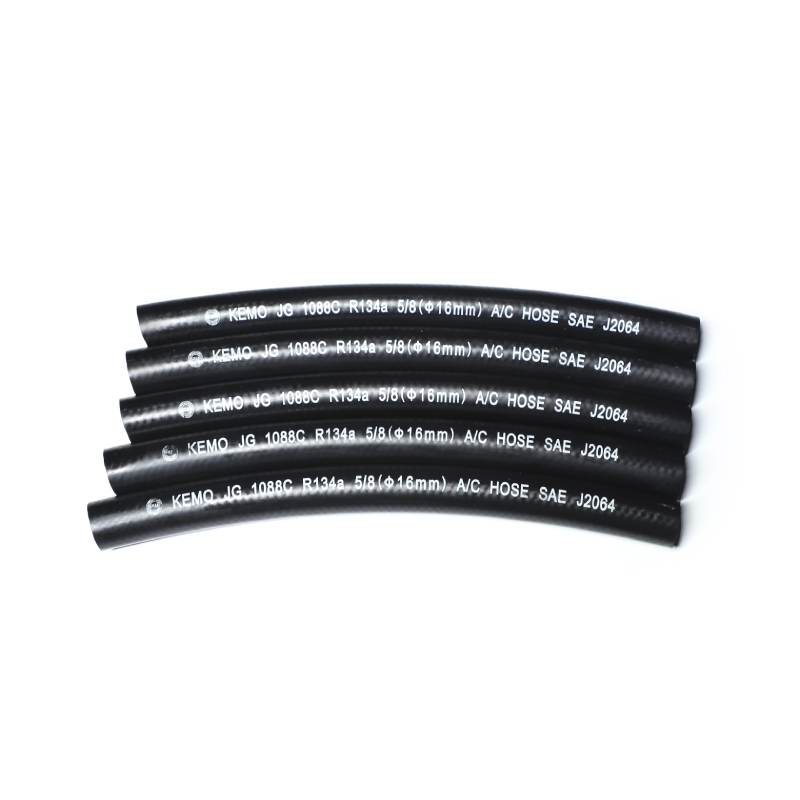Durable Rear Rubber Brake Line for Enhanced Vehicle Performance and Safety
ធ្នូ . 31, 2024 03:48 Back to list
Durable Rear Rubber Brake Line for Enhanced Vehicle Performance and Safety
Understanding Rear Rubber Brake Lines An Essential Component for Vehicle Safety
When it comes to vehicle safety, the braking system is one of the most critical components. Among the many parts that comprise this system, rear rubber brake lines play a vital role. Understanding their function, maintenance, and the inherent risks associated with them can help ensure a safe driving experience.
What Are Rear Rubber Brake Lines?
Rear rubber brake lines are flexible tubes that connect the brake system components to the rear brake calipers or wheel cylinders. Their primary function is to transport brake fluid from the master cylinder to the brakes themselves. Made from high-quality rubber materials, these brake lines are designed to withstand high pressure and various environmental conditions. However, their flexibility is just as critical, as the rear suspension components' movement can cause the lines to stretch and flex.
The Importance of Rear Rubber Brake Lines
The brakes' efficiency largely depends on the integrity of brake lines. When you press the brake pedal, hydraulic pressure builds in the lines, allowing your vehicle to slow down or stop. If the rear rubber brake lines are compromised due to wear, leaks, or damage, it can lead to brake fluid loss, resulting in reduced braking power or complete brake failure. As such, regular inspection and maintenance of these components are essential for ensuring optimal braking performance.
Signs of Wear and Tear
Being proactive in identifying issues with your rear rubber brake lines can save you from significant problems down the road. Here are some common signs that may indicate your brake lines are in poor condition
1. Visible Cracks or Discoloration Over time, rubber can degrade due to exposure to heat, moisture, and road debris. Inspect the lines for visible signs of cracking, chafing, or any discoloration that may suggest aging or deterioration.
2. Brake Fluid Leaks Check for any puddles or wet spots near the rear wheels. Leaking brake fluid is a significant warning sign that your brake lines might need urgent attention.
rear rubber brake line

3. Spongy Brake Pedal If you notice that the brake pedal feels spongy or sinks to the floor when pressed, it could indicate air in the brake lines or low brake fluid levels, possibly due to a leak in the rubber lines.
4. Reduced Braking Performance If your vehicle takes longer to stop or the brakes do not respond as quickly as they should, it might be time to inspect the rear brake lines.
Maintenance and Replacement
Regular maintenance is crucial for keeping your rear rubber brake lines in good condition. Here are some steps you can take
- Routine Inspections Regularly inspect the brake lines during routine vehicle maintenance. Look for wear, leaks, and other signs of damage.
- Brake Fluid Checks Ensure that the brake fluid is at the recommended level and is not contaminated. Old or dirty brake fluid can also cause issues.
- Replacement If you identify any damage to the rear rubber brake lines, it’s important to replace them promptly. Consult a professional mechanic for proper removal and installation to ensure that the new lines are sealed correctly and function effectively.
Conclusion
Rear rubber brake lines are an essential yet often overlooked component of your vehicle's braking system. Their proper functioning is crucial for your safety on the road. By staying vigilant and performing regular checks, you can significantly reduce the risk of brake failure and ensure a safer driving experience. Remember, when in doubt, consult a professional to address any concerns regarding your brake lines. Safe travels!
Latest news
-
Durable Automotive Fuel Line: Car, Diesel & E85 Hoses
NewsAug.27,2025
-
Automotive Fuel Line & Hose Solutions | E85 & Diesel Ready
NewsAug.26,2025
-
Reliable Automotive Fuel Line | E85 & Diesel Compatible
NewsAug.25,2025
-
Durable Car Heater Hose | Quality Automotive Preheater Pipes
NewsAug.24,2025
-
Durable Air Brake Hose & Air Lines for Trucks | Safety Ensured
NewsAug.23,2025
-
Air Conditioning Charging Hose: Durable AC Recharge Kits
NewsAug.22,2025
